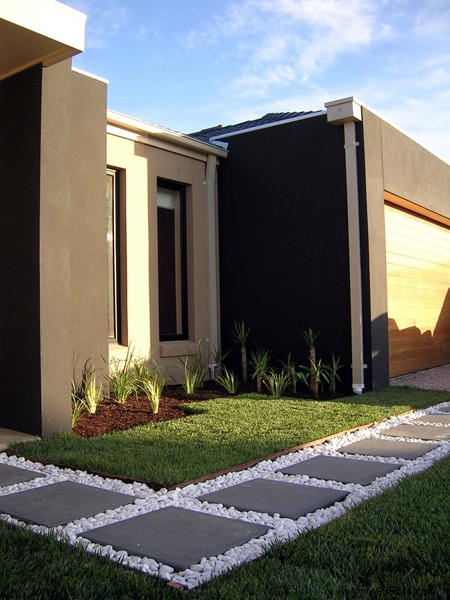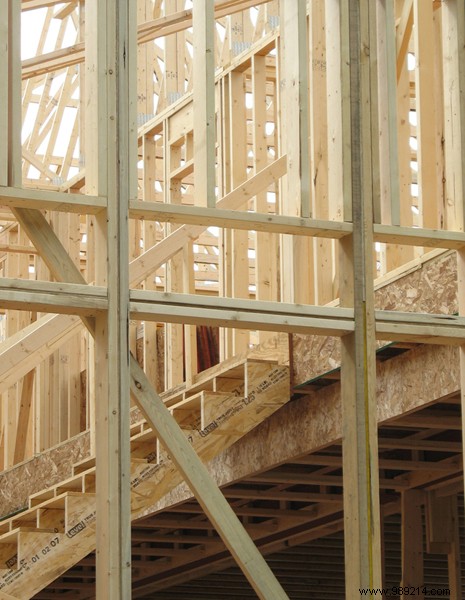
Energy and thermal standards in the building world are constantly evolving. After the enthusiasm around passive energy buildings or BEPAS, today all attention is focused on a new concept:the positive energy building or BEPOS. What exactly is this type of building?
A positive energy house is a construction whose energy production is higher than its consumption. For it to be as efficient, it is necessary to reduce energy needs and meet the requirements imposed by the BBC, then to choose systems that produce green energy.
This concept, born of a conceptual and technological breakthrough, appeared in the wake of other architectural concepts initiated by approaches such as High Environmental Quality (HQE). It is part of the sustainable development and management of natural resources included in ecological and energy transition projects.
Nothing is left to chance when building a positive energy ecological house. In reality, for it to meet the criteria of this label, it must be built according to three main axes.
First, the building envelope must be flawless. The glazing, roofing, insulation and other devices must be selected with the greatest care to prevent the slightest thermal bridge. It is important to respect the principles of bio-climatic architecture in order to allow the building to comply with BEPOS standards.
Regarding the equipment installed indoors, they are energy efficient. This rule applies in particular to the lighting system, heating and household appliances.
Last point:energy production must be carried out exclusively with renewable resources. In this area, the choices are relatively numerous:geothermal, aerothermal, photovoltaic, wind, hydraulic, biomass...

The first advantage attributed to such a construction is obviously the savings it provides on the energy bill. Homeowners even have the option of making ends meet by reselling the extra energy not used by the house. Another undeniable advantage for the environment:the reduction in the building's CO2 production.
From a tax point of view, here again we can cite certain advantages such as access to a tax credit or the possibility of taking advantage of a zero-rate eco-loan. On resale, this type of ecological house finds buyers more easily. Moreover, studies prove it:81% of households considering a real estate purchase attach crucial importance to the energy potential of the house.
A Bepos-Effinergie label was even launched two years ago. Constructions that want to be labeled must meet a number of criteria. First, they must be equipped with appropriate energy equipment, be subject to an assessment to determine their energy consumption and embodied energy and above all comply with the requirements imposed by the Effinergie+ standard as well as RT2012. In addition, to be labeled, the building must display a consumption of less than 40kWh/m2/year.